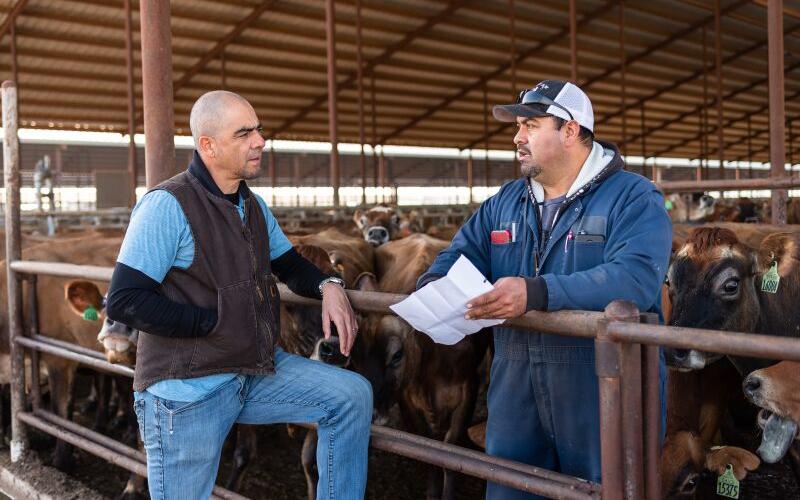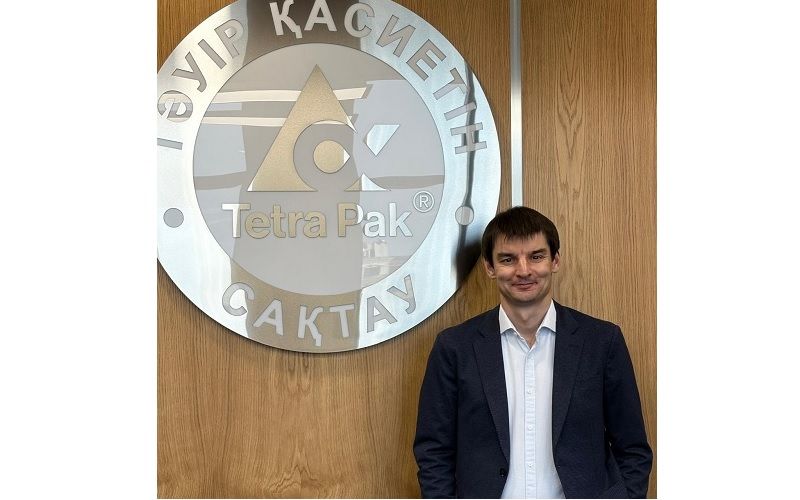Fewer Farms, More Concentration in Argentine Dairy Production
Sourse: es.edairynews.com
In Argentina, a small number of large farms produce nearly 30% of the country's milk as medium and small farms close.

In Argentina, the dairy industry is experiencing a shift toward larger, more productive farms while smaller producers struggle to keep up. Recent data suggests that around 440 large dairy farms, making up about 4.9% of the total, produce more than 10,000 liters per day, contributing almost 29.4% of the national milk production. On the other hand, small farms producing less than 2,000 liters per day account for about 56% of the total number of farms but only contribute 18% of the country's milk.
This trend indicates a significant production concentration compared to 2010, with large farms increasing their share more than sixfold, while smaller farms see their influence wane. The reduction in the number of farms is not confined to the smallest family-run operations. Medium-scale producers, challenged by access to technology, financing, and succession issues, are also affected. Consequently, the average production per farm has increased to approximately 3,115 liters per day as of January 2025, a reflection of a global trend where the number of units decreases as overall production volume increases from fewer establishments.
This trend indicates a significant production concentration compared to 2010, with large farms increasing their share more than sixfold, while smaller farms see their influence wane. The reduction in the number of farms is not confined to the smallest family-run operations. Medium-scale producers, challenged by access to technology, financing, and succession issues, are also affected. Consequently, the average production per farm has increased to approximately 3,115 liters per day as of January 2025, a reflection of a global trend where the number of units decreases as overall production volume increases from fewer establishments.











